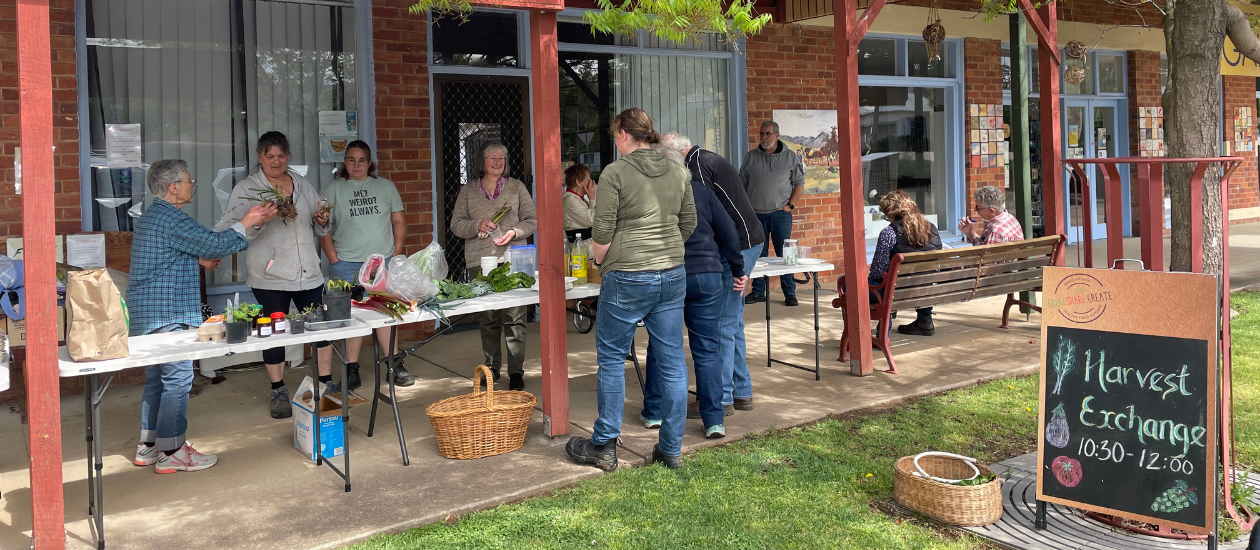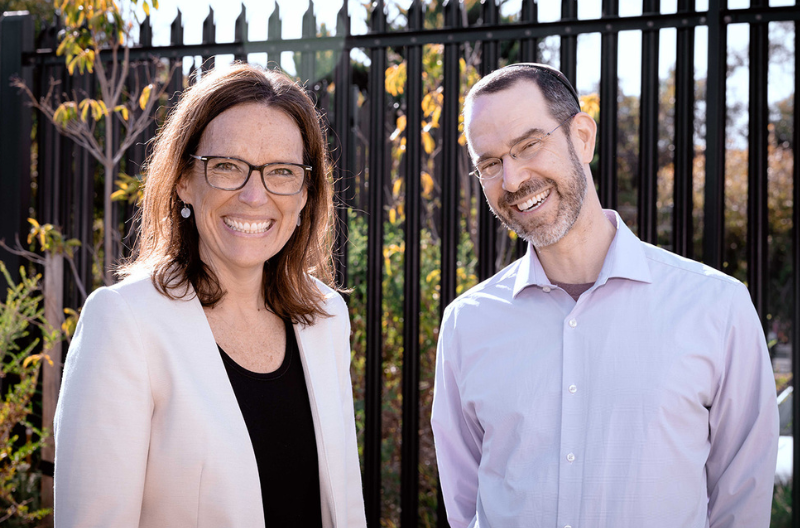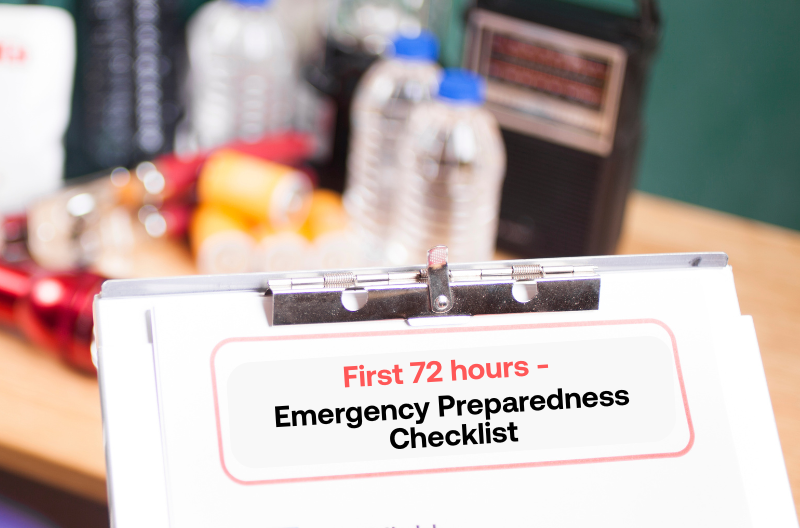Insights / social capital mapping
Connecting communities through social interaction
By renae hanvin
November 1 2024

How do you map the many layers of connections and relationships within a diverse and dispersed rural community?
We’ve been working with the Omeo Region Community Recovery Association (ORCRA) to do just that, identifying social capital ties to better understand what connects people and their social groups.
ORCRA was formed to serve its communities following the 2019-20 bushfires.
We recently had the opportunity to share our Findings Report with ORCRA and the wider Omeo community.
We’ve made a series of recommendations to ORCRA that form a roadmap to build ties within hubs and across the regions and strengthen linking ties. But it’s our findings that shed light on how people are interacting and the opportunities that exist to grow connections, build capabilities and set up communities to thrive.
During our fact-finding, connections between individuals who are emotionally close (bonding ties) were strongest where family and friends had moved to nearby towns in comparison to Omeo.
Driving connections within the community (bridging ties) were generally stronger in smaller towns, and through gathering places such as community centres and pubs. Ultimately, bridging ties across the region are led by distance, services and bonding ties.
Connections with authority organisations (linking ties) were low across the region, the exception being where local leaders of volunteer groups such as the Country Fire Authority (CFA) lived, worked and volunteered. We found there is a clear appetite for engagement from smaller hubs, and a level of frustration at the lack of it.
There was certainly no lack of enthusiasm when it came to a desire to invest time and energy into building local networks. In a survey of local communities:
- 100% agreed that communities with stronger connections are more resilient.
- 88% would participate in more activities to connect their town/hub.
- 78% would participate in more activities to connect all towns/hubs in the Omeo region.
- 79% would participate in more activities to connect their town/hub with authority organisations.
There are many benefits to building social capital in communities when it comes to weathering and bouncing back from a crisis. Strong community ties can help people to survive and thrive, shield against mental illness, and assist with activities such as evacuations and the rebuilding process.
We now know that these ties can be measured and purposefully built to support communities.
Professor Aldrich’s research has found there is a clear imbalance between the investment we make in physically rebuilding communities and that of supporting social infrastructure, and a lack of appreciation for the physical places and spaces that support that infrastructure.
We need to not only measure bridging ties but also acknowledge the value of natural gathering points in the community – places of worship, businesses that act as social hubs, and our green spaces, Resilient Ready Founder Renae Hanvin said.
“Professor Aldrich’s research shows clear links between social infrastructure and resilience – communities with access to gathering places tend to be more resilient to shocks and disruptions than those without.”
Resilient Ready is a social enterprise delivering innovative solutions to enable every organisation to thrive before, during and after disasters. To keep updated on news and current projects, sign up to our newsletter.



